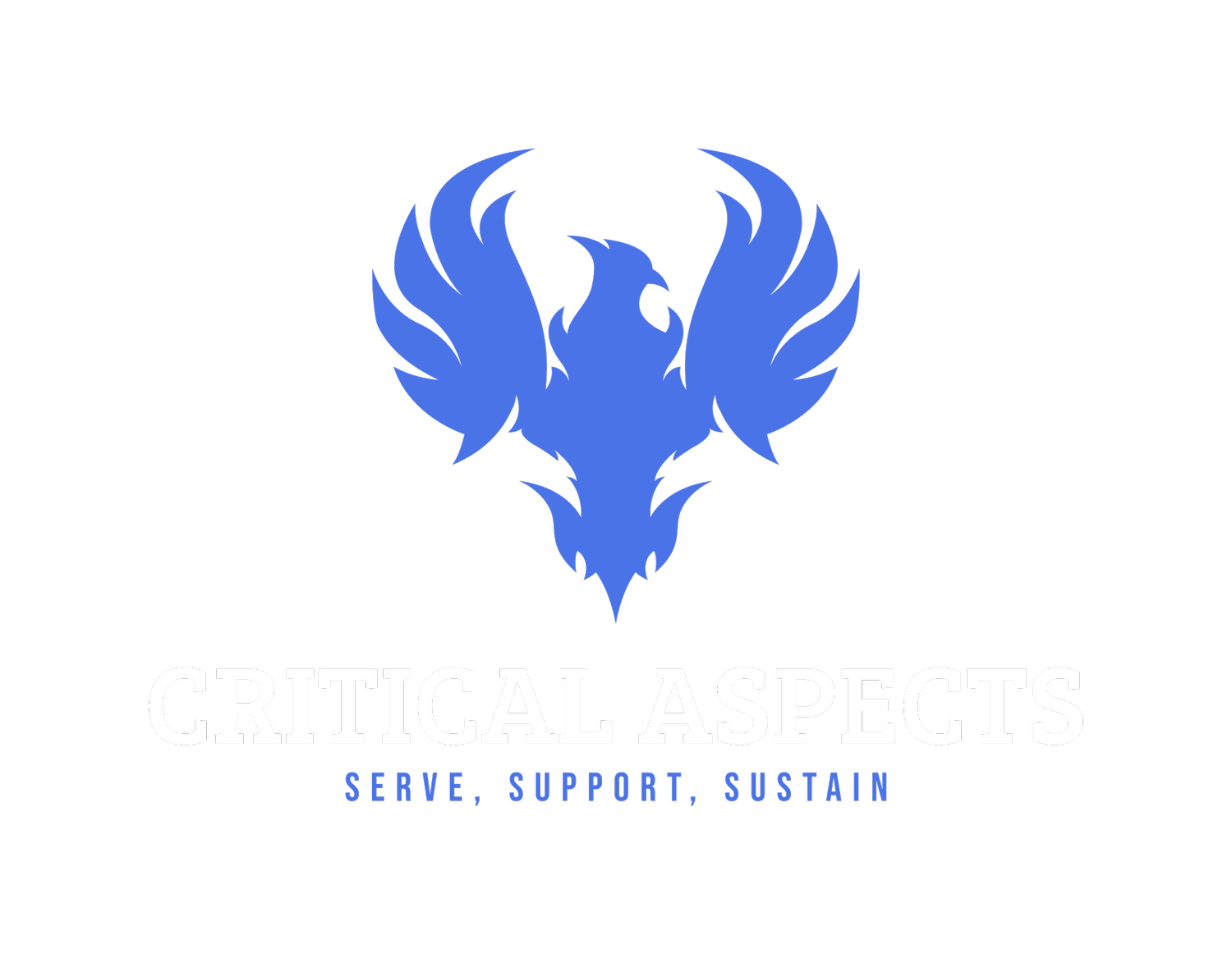
Suicide Awareness & Prevention
The key is training-being able to understand when a person is showing either by words or actions that they are contemplating suicide and are seeking for others to get involved. Although, others need to have the necessary skills and confidence to engage in conversation, rather than to avoid or dismiss due to lack of training (Bertrand, 2021).
-

Suicide Stats
Verified Suicides to Date (BLUE H.E.L.P., 2025):
2025: 45 as of 6/3/2025
2024: 115
2023: 133
2022: 187
2021: 171
2020: 162
2019: 238
-

Suicide Awareness
Factors Associated with Law Enforcement (IACP: An Issue Brief , 2018):
Treatment for a mental health condition
PTSD diagnosis
Alcohol & substance misuse
Job problems
Intimate partner problems
Access to lethal means
Social isolation
Warning Signs (Suicide Prevention-Crisis Center):
Psychological:
Prior history of psychiatric disorder
Depression, despair, hopelessness
Obsessive thinking
Mood swings
Feelings of burdening others
Sense of not belonging
Extreme guilt or shame
Extreme anxiety
Behavioral:
Previous suicide attempts
Verbal indications
Difficulty making decisions
Loss of energy
Change of habits, decrease in pleasurable activities
Giving away possession
Excessive sleep/insomnia
Withdraw, alienation from support system
Risk taking: speeding, drunk driving, self-mutilations
Frequent alcohol or drug abuse
Situational:
Loss of significant other
Loss of health or functions/abilities
Loss of status and/or role
Threatened change: family/marital status, job, home, security, legalities
Sexual or physical abuse
Trauma/ Accident
Isolation
Family history of-abuse, suicide, violence, discord
-

Prevention
Prevention: Refers to the act of preventing or hindering (i.e.- it is better to stop a problem, illness, etc., from happening than to stop or correct it after it has started.) (Prevention: Definition of Prevention by Merriam-Webster, 2020).
Protective Factors (IACP: An Issue Brief , 2018):
Reason for living (e.g., responsibility for young children, future goals)
Being married
Extraversion and optimism
Cultural, religious, or personal beliefs that discourage suicide
Life skills (Including problem solving and coping skills)
Having a support social network
Access to mental health care

